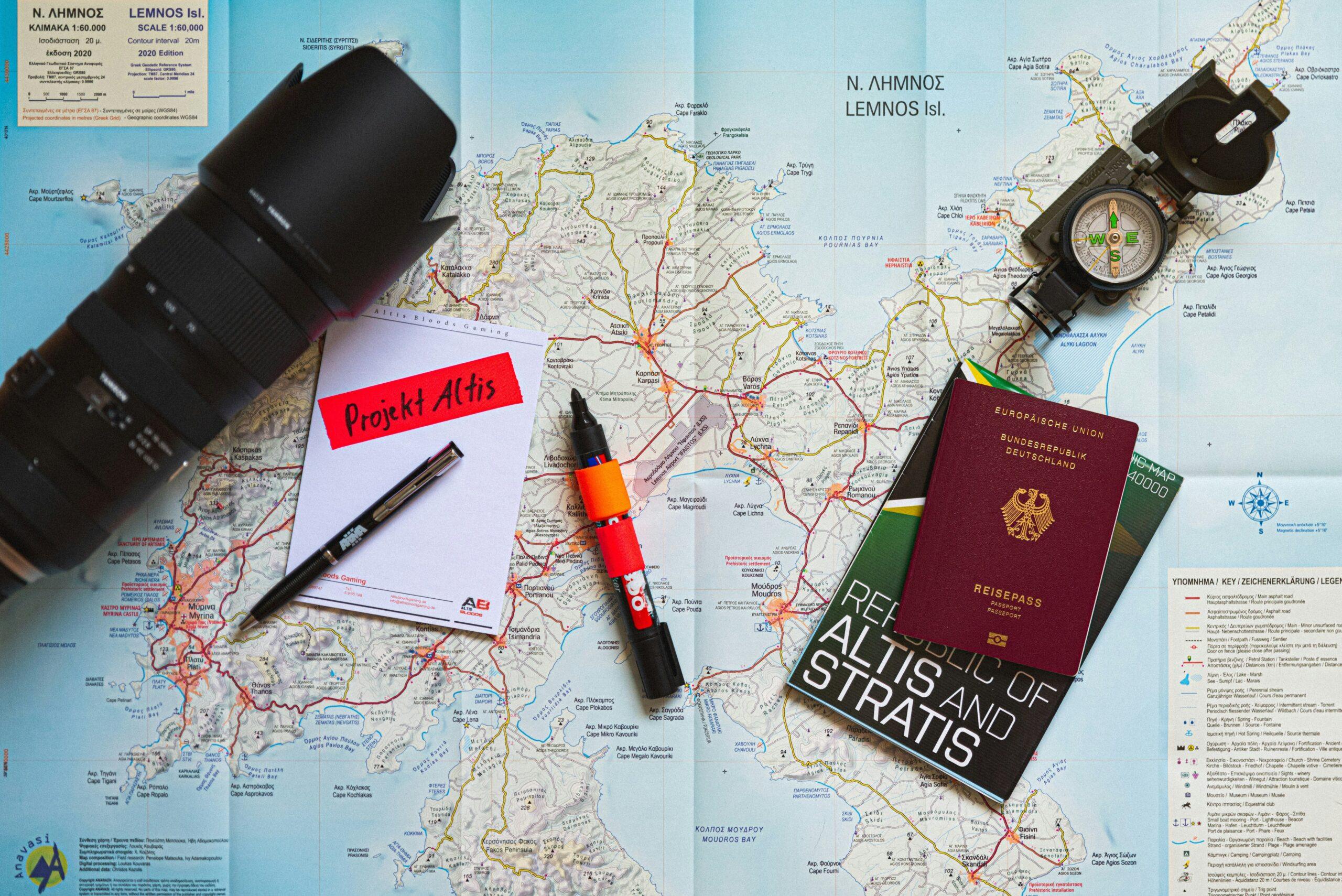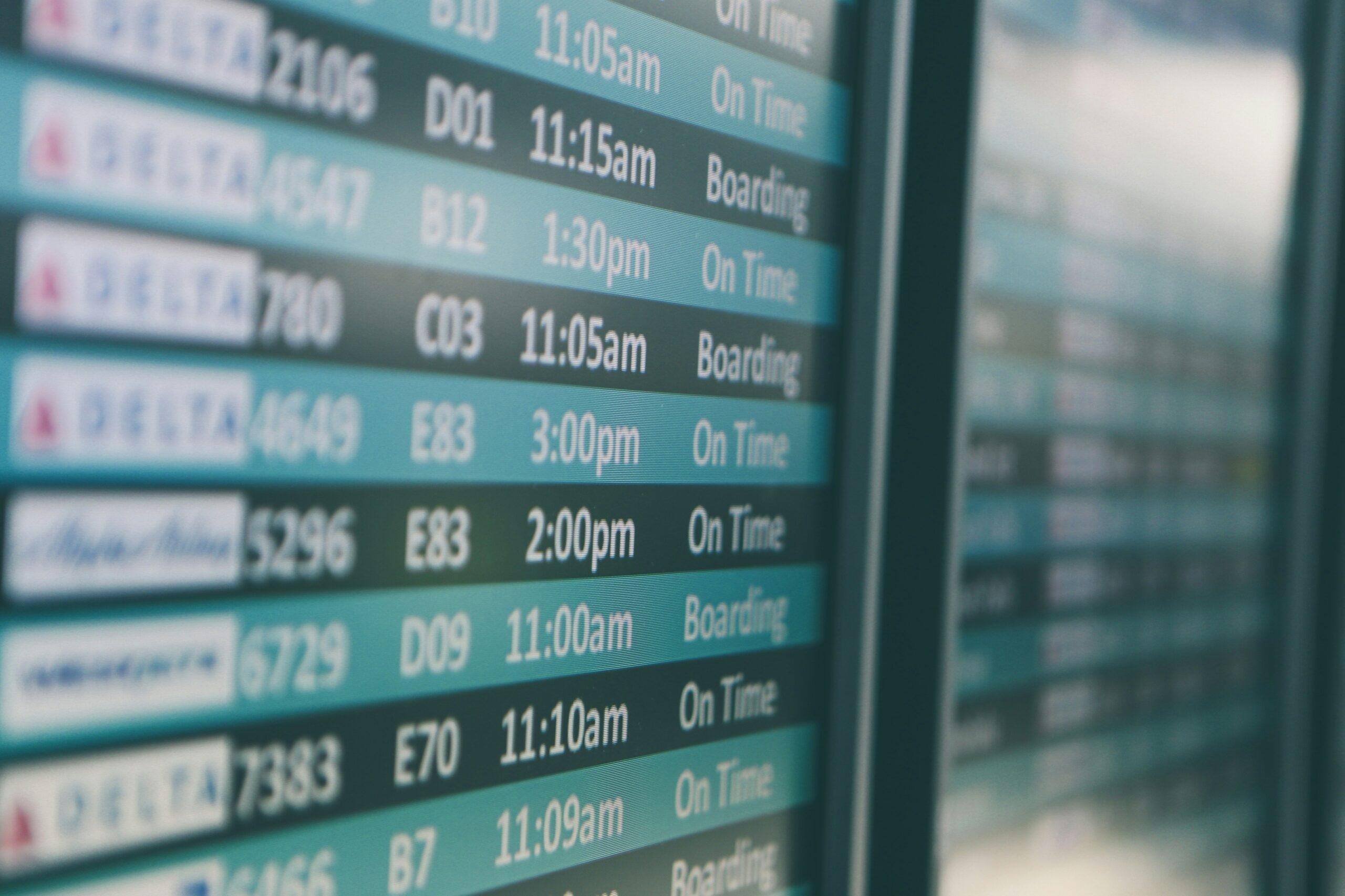“You know that feeling when your flight’s delayed for hours, and you’re stuck at the gate with nothing but a bag of stale pretzels? Yeah, let’s avoid that.”
What if I told you there’s a way to turn travel delays from a chaotic headache into a manageable hiccup? Enter Itinerary Risk Assessment—a game-changing strategy to safeguard your trips. This blog dives deep into how assessing risks in your travel plans can save you money, time, and stress—and why travel delay insurance should be part of every journey.
You’ll learn:
- Why Itinerary Risk Assessment is the unsung hero of trip planning.
- A step-by-step guide to evaluate potential travel hiccups.
- Tips on choosing the best travel delay insurance.
- Real-world examples where risk assessment saved travelers.
- And yes, some brutally honest advice about common mistakes.
Table of Contents
- Key Takeaways
- Why Itinerary Risk Assessment Matters
- Step-by-Step Guide to Assess Your Travel Risks
- Best Practices for Choosing Travel Delay Insurance
- Real-Life Examples of Successful Risk Management
- FAQs About Itinerary Risk Assessment
- Conclusion
Key Takeaways
- An Itinerary Risk Assessment helps identify potential disruptions like weather, airline strikes, or visa issues.
- Travel delay insurance covers expenses like meals, accommodation, and alternative transport during delays.
- Avoid underestimating low-probability risks—they often have the biggest impact.
- Choose policies based on coverage limits, exclusions, and provider reputation.
- Always review terms; “acts of God” clauses can limit payouts.
Why Itinerary Risk Assessment Matters

Think back to my colossal fail booking a dream trip to Bali. I mapped out everything—flights, hotels, yoga retreat—but ignored one tiny detail: monsoon season. Cue torrential rain flooding roads and canceling flights. That taught me this lesson the hard way: failing to assess risks turns vacations into disasters.
Optimist You: “I’ve got backup plans!”
Grumpy Me: “Until those backups also collapse because you didn’t consider all scenarios.”
An Itinerary Risk Assessment isn’t just smart—it’s essential. Here’s why:
- Minimizes Surprises: Anticipating problems means fewer curveballs.
- Saves Money: Prevention is cheaper than last-minute fixes.
- Boosts Confidence: Knowing you’re covered lets you relax.
Data backs it up too. Studies show that nearly 40% of travelers experience delays annually, costing billions globally. Yet only 15% use travel delay insurance. Coincidence? Nope.
Step-by-Step Guide to Assess Your Travel Risks

Performing an Itinerary Risk Assessment might sound daunting, but trust me—it’s easier than trying to charge your phone without a charger cable. Follow these steps:
Step 1: Evaluate Destination Risks
- Research natural disasters (e.g., hurricanes, earthquakes).
- Check political stability and safety alerts.
- Look at health concerns (vaccination requirements, outbreaks).
Step 2: Analyze Transportation Risks
- Review carrier reliability (airlines, trains).
- Consider connecting flights vs. direct routes.
- Factor in seasonal weather patterns.
Step 3: Assess Personal Factors
- Do you need visas or special permits?
- Are medical conditions likely to cause issues?
- How flexible is your schedule?
Pro Tip: Create a risk matrix rating each factor as high, medium, or low priority. Focus resources on mitigating top-tier threats.
Best Practices for Choosing Travel Delay Insurance
Now comes the fun part—shopping for coverage! But here’s the kicker: not all policies are created equal. Use these tips to pick wisely:
- Know Your Needs: Long layovers may require different coverage than short ones.
- Compare Coverage Limits: Ensure daily allowances align with actual costs.
- Read Fine Print: Look out for excluded events (like pandemics).
- Prioritize Customer Support: Quick claims processing = happier you.
“Terrible Tip Alert: Skipping reviews? Don’t even think about it.” Always check third-party feedback before committing!
Real-Life Examples of Successful Risk Management

Meet Sarah, who meticulously assessed her European rail tour. She noted frequent train strikes in France and added robust travel delay insurance. Guess what? When a strike hit, she was reimbursed for hotel upgrades and Uber rides. Crisis averted.
Or take Mark, whose flight cancellation left him stranded overnight. Thanks to his preemptive risk evaluation (and solid policy), he avoided shelling out $500 for unexpected lodging.
FAQs About Itinerary Risk Assessment
What exactly is an Itinerary Risk Assessment?
It’s a systematic review of factors that could disrupt your trip, helping prioritize solutions like insurance.
Can’t I just wing it?
*Sigh.* Sure, you *could*—but remember my Bali disaster story? Don’t be THAT person.
Does travel delay insurance cover pandemic-related cancellations?
Rarely. Most standard policies exclude pandemics unless specifically stated otherwise.
Conclusion
In the unpredictable world of travel, mastering Itinerary Risk Assessment gives you peace of mind. By combining proactive planning with reliable travel delay insurance, you transform chaos into control. So next time life throws lemons—or flight delays—you’ll already have lemonade ready.
Remember: A little prep goes a long way. And hey, maybe throw in some snacks for good measure.
Haiku Time:
Storm hits, planes delay,
Insurance saves your day’s plan—
Travel zen restored.


